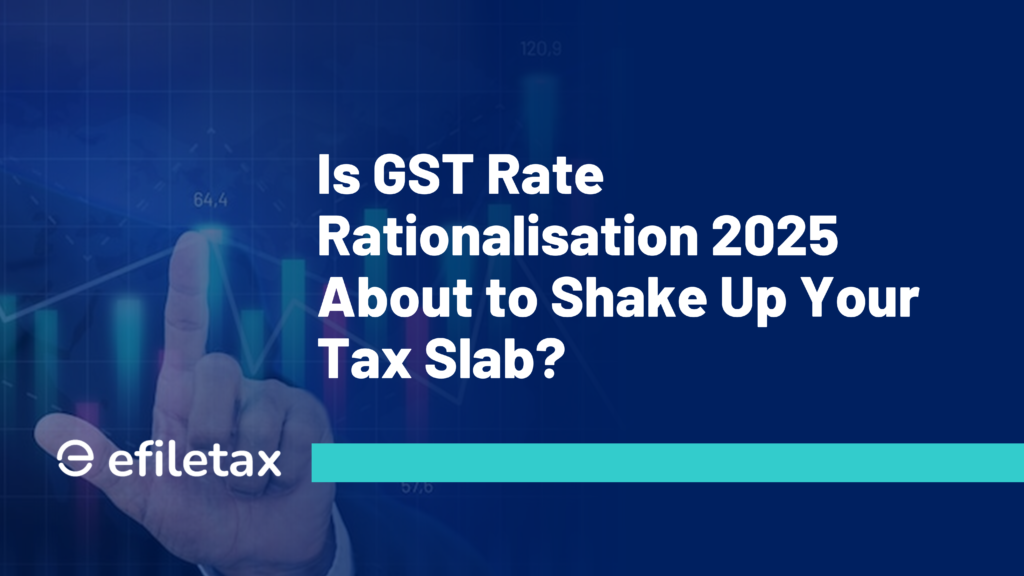
GST Rate Rationalisation 2025: What Businesses Must Know
GST rate rationalisation is back in the spotlight as the GST Council hints at a second phase of reforms. After years of delays, India may finally move towards a simplified, fewer-slab GST system—impacting both tax rates and input credit management.
Let’s decode what’s brewing and how it may affect your business in 2025.
The Indian government is contemplating Goods and Services Tax (GST) rate rationalisation, aiming to simplify the existing four-slab structure. While discussions involve consolidating rates and potentially eliminating the 12% slab, challenges persist in balancing revenue collection and minimising the tax burden on essential goods.
What Is GST Rate Rationalisation?
Simply put, GST rate rationalisation means streamlining the number of GST slabs. The idea is to:
- Reduce complexity in compliance
- Minimise classification disputes
- Improve revenue efficiency
India currently has five key slabs: 0%, 5%, 12%, 18%, and 28%, with exceptions like special cesses.
Why Is This Back in Focus Now?
The Finance Ministry and CBIC have revived discussions due to:
- Rising tax litigation over classification (e.g., snacks vs. branded foods)
- Compression of the 12% and 18% slabs being on the table again
- Concerns from exporters and MSMEs about input tax credit mismatches
As per CBIC, slab consolidation could improve ease of doing business, especially for small taxpayers.
Possible Changes Under Consideration
| Current Slabs | Possible Shift | Impact |
|---|---|---|
| 12% and 18% | Merged to ~15% | Simplifies compliance but raises costs for 12% items |
| 28% (luxury/sin) | To remain | May see reclassification |
| 5% slab | Could rise to 6% or more | Affects FMCG, food service costs |
CBIC and the Fitment Committee have been studying these scenarios since 2021, but consensus has been hard to achieve.
Legal and Compliance Angle
- GST Council’s power to rationalise rates is granted under Article 279A of the Constitution.
- Past recommendations by the 15th Finance Commission stressed fewer slabs to minimise classification issues.
- Several Supreme Court rulings (e.g., on restaurant services) exposed the cracks in current slab logic.
✅ CBIC Circular No. 177/09/2022-GST clarified classification principles, but litigation still continues.
What Businesses Should Do Now
“Businesses should start mapping their SKU-level HSN codes and margin impact under a unified slab model.”
— Tax Expert, Efiletax Advisory
- Begin scenario planning if your product is currently in 12% or 18%
- Consider contractual price adjustment clauses for B2B deals
- Use automated GST return filing tools to adapt quickly if slab changes roll out
Will This Actually Happen in 2025?
The GST Council avoided slab changes during elections. But post-2024 Lok Sabha, a revival seems likely:
- Economic slowdown demands fiscal efficiency
- Political will may align post-election
- CBIC hinted at phase-wise rationalisation starting late 2025
GST rate rationalisation 2025 may merge 12% and 18% slabs. Businesses must prep for pricing, ITC, and compliance impacts.